Pack Weight: 50g .
Price : 18 $ USD
Components :
Achillea millefolium / leaves
Artemisia absinthium / flowers
Peumus boldo / leaves
Mentha piperita / leaves
Marrubium vulgare / aerial parts
TEA 27 :
A herbal infusion made from natural medicinal plants with no side effects.
Indications :
- Activation of liver secretions
- Liver detoxification
- Deficiency in bile secretion
- Support in the treatment of various liver diseases
Enhanced Effect:
The effect of TEA 27 is more beneficial when combined with:
- Liver inflammation, with Infusion 35
- Chronic hepatitis, with Infusion 61
- Mood swings, with Infusion 31
- Fatigue or weakness, with Infusion 8
- Vitamin and blood electrolyte deficiency, with Infusion 57
The Role of the Liver:
The liver is the largest abdominal organ (1.5 kg), located in the upper right side of the body, partially protected by the ribs and separated from the lungs and heart by the diaphragm. It is divided into two main lobes: the larger right lobe and the smaller left lobe, along with the caudate and quadrate lobes, making up a total of eight segments.
On the right side, the gallbladder is connected to the liver via biliary ducts. Liver cells synthesize bile, which flows into bile canaliculi, merging into the right and left hepatic ducts, forming the common hepatic duct. This duct connects to the cystic duct (linked to the gallbladder), forming the common bile duct, which then joins the pancreatic duct before emptying into the small intestine.
The liver is functionally and automatically connected to the intestine. It filters and absorbs carbohydrates, lipids, and proteins, synthesizes bile for lipid absorption, and stores vitamins, making it a key organ for immune tolerance.
Approximately 1.5 to 1.8 liters of blood are filtered by the liver every minute. The liver is involved in over 1,000 vital functions.
Nutritional Function:
The liver plays a role in the metabolism of:
- Carbohydrates: gluconeogenesis, glycogenesis, and glycogenolysis
- Lipids: cholesterol synthesis, cholesterol breakdown into bile acids, triglyceride production, and lipoprotein synthesis
It stores fat-soluble vitamins (A, D, K, E) and glycogen.
Synthetic Function:
The liver synthesizes proteins that act as transporters, such as albumin and apoproteins (LDL = low-density lipoproteins).
It produces bile acids from cholesterol and participates in hematopoiesis (red and white blood cell production in fetuses).
Blood Function:
The liver plays a role in:
- Producing blood clotting factors(fibrinogen I, III, V, VII, IX, XI)
- Destroying aged red and white blood cells
- Converting toxic free bilirubin(from red blood cell breakdown in the spleen) into non-toxic conjugated bilirubin
It also regulates blood sugar levels by storing glucose as glycogen (hypoglycemic function) and releasing glucose via glycogenolysis (hyperglycemic function) through the glucose-6-phosphatase enzyme.
Endocrine Function:
The liver hydroxylates cholecalciferol into calcidiol, the active form of vitamin D.
Detoxification Function:
Thanks to specific enzymes, the liver destroys toxins and metabolizes drugs into active metabolites. It also removes toxins via hepatic clearance and converts ammonia into urea.
Storage Function:
During the breakdown of aged red blood cells, the liver recycles and stores vitamin B12, iron, and copper.
Liver Disorders:
- Viral hepatitis (A, B, C, D, E, G)
- Alcoholic hepatitis
- Drug-induced hepatitis, especially from excessive use of paracetamol, halothane, aspirin, or tuberculosis antibiotics
- Liver fibrosis and cirrhosis
- Fatty liver disease (steatosis)
- Autoimmune hepatitis
- Genetic liver inflammation, such as Wilson’s disease(copper accumulation affecting the liver and nervous system)
- Hemochromatosis, caused by excess iron absorption, leading to cirrhosis
Symptoms of Liver Disorders:
- Pain in the upper right abdomen
- Extreme fatigue and exhaustion(due to changes in brain chemistry)
- Hepatic encephalopathy(brain function decline due to toxin buildup)
- Tendency to bleed or bruise easily(due to decreased production of clotting proteins)
- Skin itching, scaly and irritated patches
- Swelling (edema) due to fluid accumulation, caused by impaired liver protein production affecting circulation
- Dark yellow urinedue to increased bilirubin levels in the blood
- Pale or whitish stool color
- Unexplained weight loss and loss of appetite
- Hormonal changes, such as:
- In women: abnormal menstruation, breast atrophy, amenorrhea
- In men: swollen scrotum, testicular atrophy, gynecomastia (breast enlargement)
- Weakened immune system, increasing infection risk
- Liver failure, which can lead to kidney failure in 50% of cases (hepatorenal syndrome)
Recommendations:
- Follow a special diet.
- Engage in regular physical activity, as a sedentary lifestyle harms the liver and overall health.
- Inactivity increases the risk of fatty liver disease and long-term steatosis.
- Fasting is a great detox method.
- Meditation enhances focus, reduces the effects of aging on the brain, and lowers anxiety levels.
- Believe that while proper diagnosis and medication are important, ultimate healing comes from the Almighty.


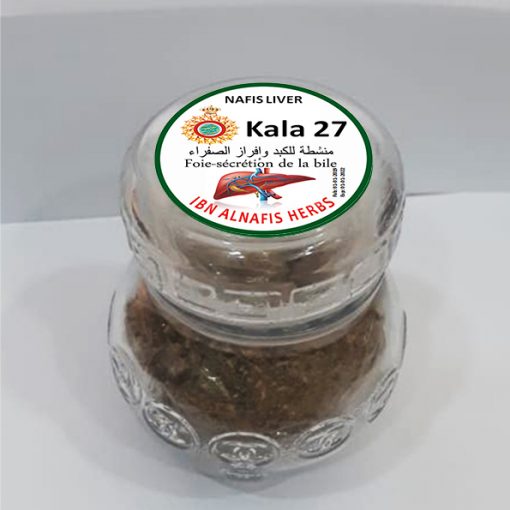
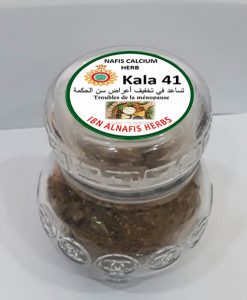
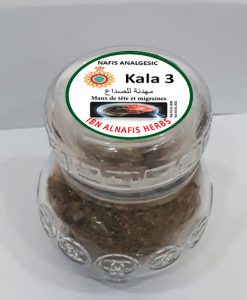
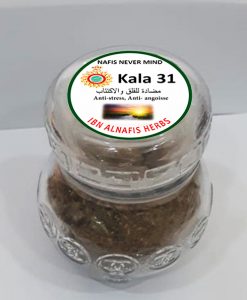
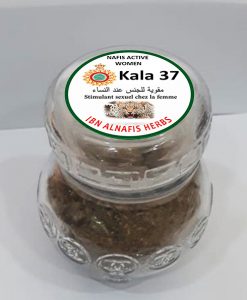
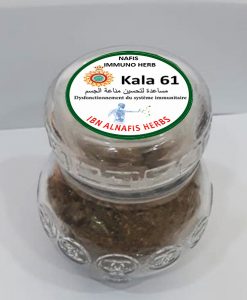
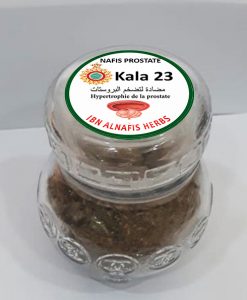
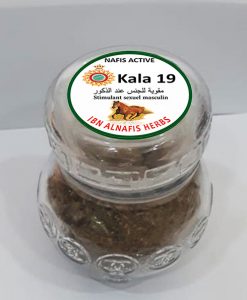
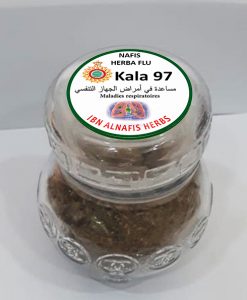
Reviews
There are no reviews yet.